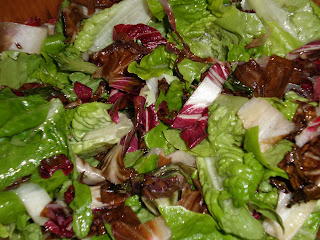



You may remember that hives with queens Loretta and Dolly were bursting at the seams only 5 or so weeks ago. I kept waiting for them to swarm, and, about two weeks ago, I noticed smaller numbers at the door, but never saw an actual swarm. Knowing what strong and healthy hives they were, I decided to leave them alone to regain strength. Wow, if I only had known what was going to happen.
This weekend I went in to all my hives to check their status. I was worried about Ella, but not my two most established and strongest hives. When I opened Loretta, I was horrified. Almost no bees in the honey, the top brood, then the middle, and bottom chambers. No sign of a queen (eggs or brood), and hundred of wax moth larvae. The wax throughout the hive was destroyed by the soft, thick, gray, disgusting wax moth larvae. Tan moths flew out from each level. There was nothing that could be saved, and essentially no bees to try and gather. My heart was broken, as this was my first hive, and has thrived and split by swarm for 4 years.
I almost cried when I opened Dolly and found she was headed down the same road. The only difference was that her bottom brood box was less infested, a bit, and there remained a number of bees. Again, however, no sign of a queen, or was I just too distracted by the destruction?
We ripped apart both hives, scattering the frames across the yard for the sunlight, as wax moths need the dark. I put one lone box back on Dolly's stand, with fresh comb, so that those remaining worker bees would have a home to return to. I planned to add them to one of the remaining healthy hives, to boost that hives numbers and give these orphans a home, but my plans changed.
The next day I noticed, from the house, a small clump on the branch of a dead shrub in the marsh. I ran down the stairs and out to the marsh to find a lone queen, fat and beautiful, surrounded by a few of her worker bees. I could not believe it. It had to be Dolly, so I dumped her in a container and took her to the lone box of orphan bees that had collected the night before. They had that high pitched buzz associated with stressed and unhappy bees, until the moment when Dolly was returned. The pitch changed instantly to a deep, contented hummmm. Will they survive this late in the year? Will they build up enough for winter? Will the moths again be too much for them? I don't know, but Dolly is home, the bees have a fresh start, and so do I. I hope I do better by the bees this time.
What else went too long without care this week? Figs. An entire roasting pan of overripe ones for the chickens, a bucket of beauties for me.



















































